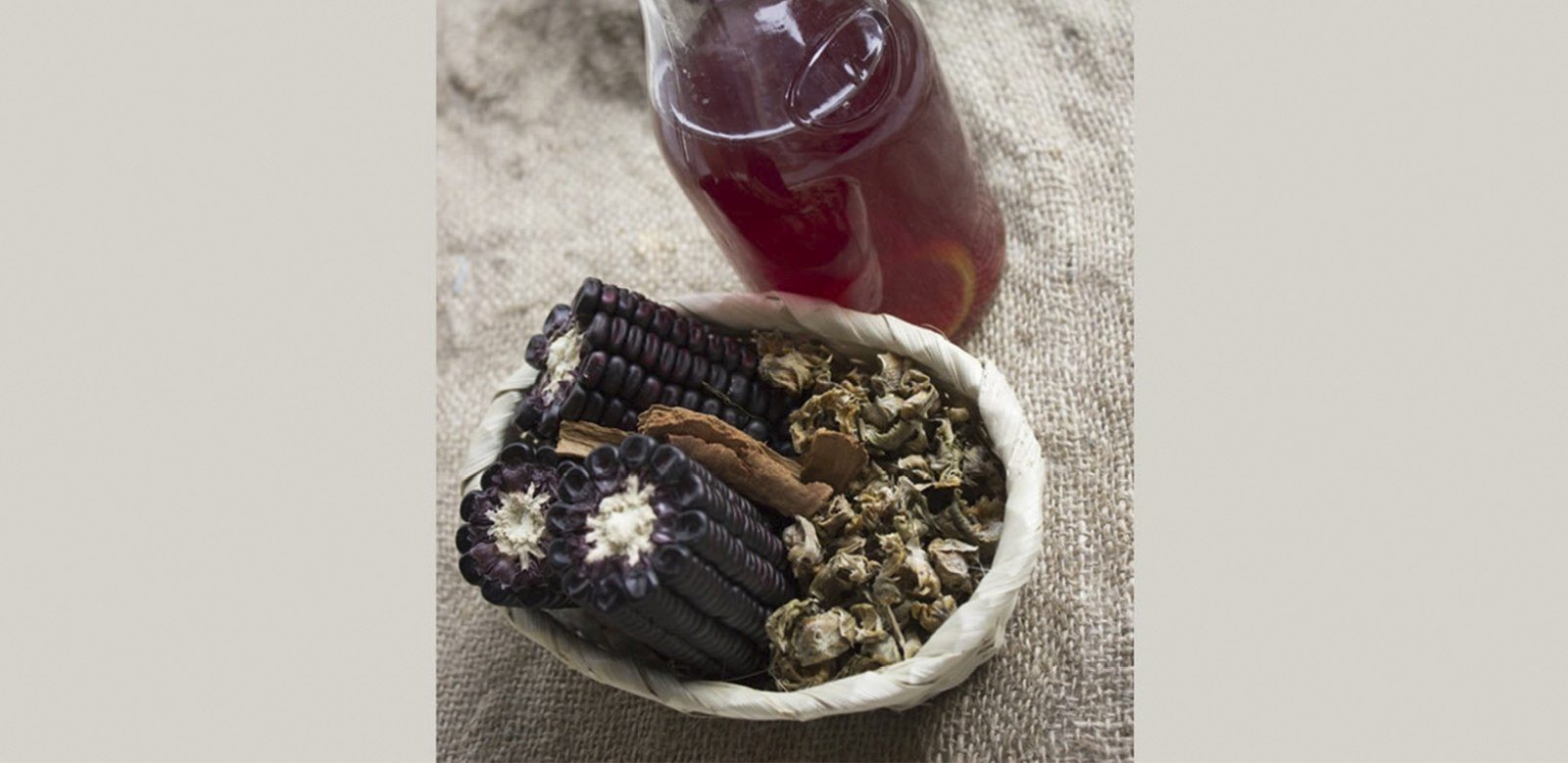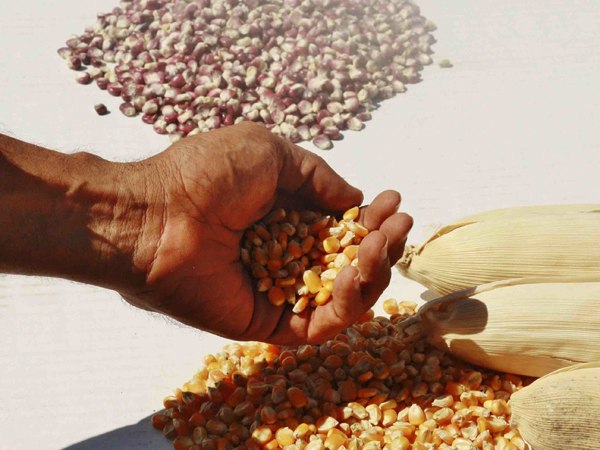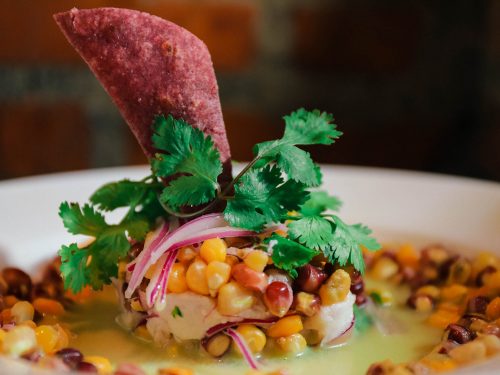
It’s hard to find atol or pinolillo made with blue corn (maíz pujuagua, a locally endemic species) in Guanacaste – even during the festivals celebrating of July 25th. It’s even hard to find seeds for this species in supermarkets and farmer’s markets.
Ligia Salazar is the creator of Curubanda, a company that distributes products made with this version of corn. To her, there is no reason to let this grain die out. That’s why she has taken on the task of converting blue corn into an attractive product with gourmet potential as well as exploiting its strength as a superfood.
The brand wasn’t the only way to keep growing blue corn. Salazar also created a group of farmers who get help from institutions like the National Training Institute (in Spanish, INA) and the Agro-ecological Association of Guanacaste in order to improve their planting techniques.
“When I saw that purple corn was threatened, I felt the need to market it attractively and differently, especially in San José, where it’s not very well known. At the same time, I wanted to encourage farmers to be proud of this work,” said Salazar.
Proyecto Curubanda brings around twelve farmers from different parts of Guanacaste together. Processing and packaging take place in Belén de Carrillo. Now farmers have the ability to take their corn to different parts of the country, especially in the San José Greater Metropolitan Area.
The Curubanda brand includes flour made with blue corn that can be used to make atol and chicheme. Pinolillo is another option, as are more sophisticated offerings like Peruvian chicha, which uses dried blue corn cobs, organic pineapple peels, and Ceylon cinnamon.
Their products are 100% natural, without artificial colors or flavors, or added sugar or flour. They are all gluten free. They come in a plastic bag which, for now, is the only way to distribute the products while keeping the corn dry.







Comments